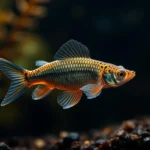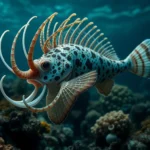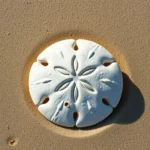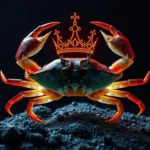The Bright Spirit of the Yellow Tang: Symbolism and Meaning
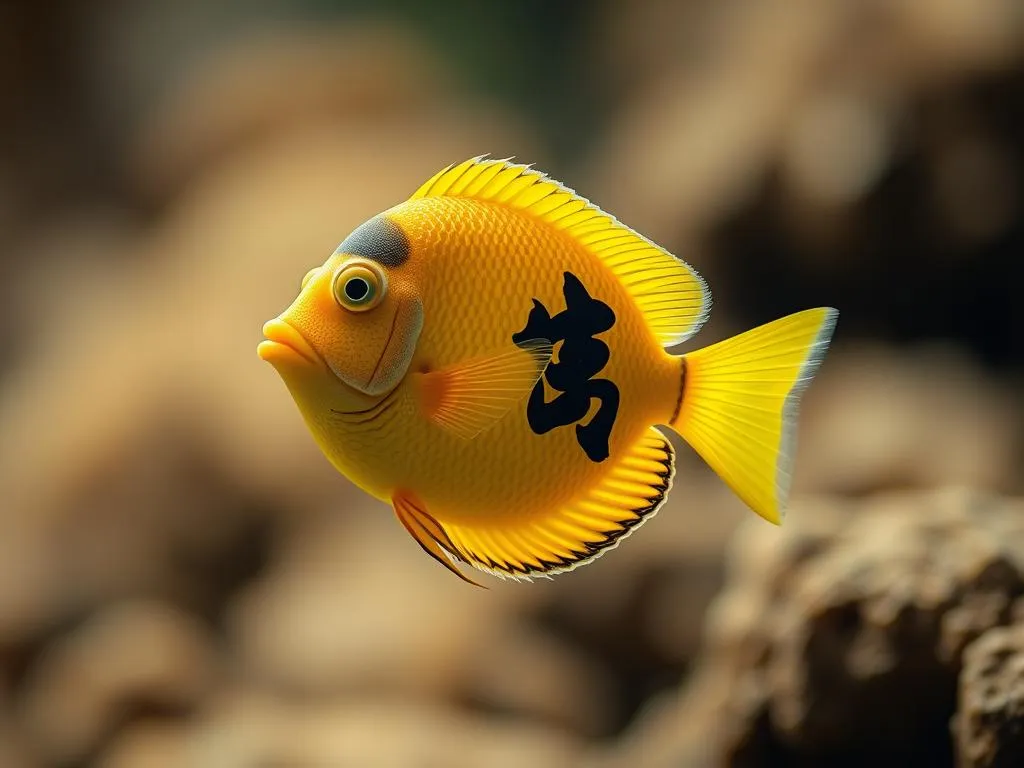
Disclaimer: Some images on this website are AI-generated artworks and may not accurately represent real animals.
The yellow tang is more than just a vibrant fish swimming gracefully in the coral reefs; it embodies a deeper symbolism and meaning that resonates with joy, community, and resilience. In this exploration, we will dive deep into the physical characteristics, behavior, cultural significance, and spiritual interpretations of the yellow tang, revealing its role as a beacon of positivity in both nature and our personal lives.
Understanding the Yellow Tang
Physical Characteristics
The yellow tang (Zebrasoma flavescens) is known for its striking appearance and lively demeanor. Below is a table detailing its key physical characteristics:
| Feature | Description |
|---|---|
| Color | Bright yellow, often with a slight orange hue |
| Body Shape | Oval-shaped with a pointed snout |
| Size | Grows up to 8 inches (20 cm) in length |
| Fins | Long dorsal fin and pectoral fins |
| Tail | Distinctive sharp tail spine |
Native to the warm waters of the Pacific Ocean, particularly around Hawaii, the yellow tang thrives in shallow coral reefs. It favors environments rich in algae, which constitute its primary diet. As herbivores, these fish play a crucial role in maintaining the health of coral ecosystems by controlling algae growth, allowing corals to flourish.
Behavior and Social Structure
Yellow tangs are highly social creatures, often found in schools that exhibit complex social dynamics. They engage in synchronized swimming, creating a mesmerizing display that captivates onlookers. This schooling behavior not only serves as a defense mechanism against predators but also fosters a sense of community among individuals.
In the coral reef ecosystem, yellow tangs play a vital role. They help maintain the balance of marine life through their grazing habits, preventing algae from overwhelming coral populations. Their activities contribute to the overall health of the reef, making them a crucial species in the marine environment.
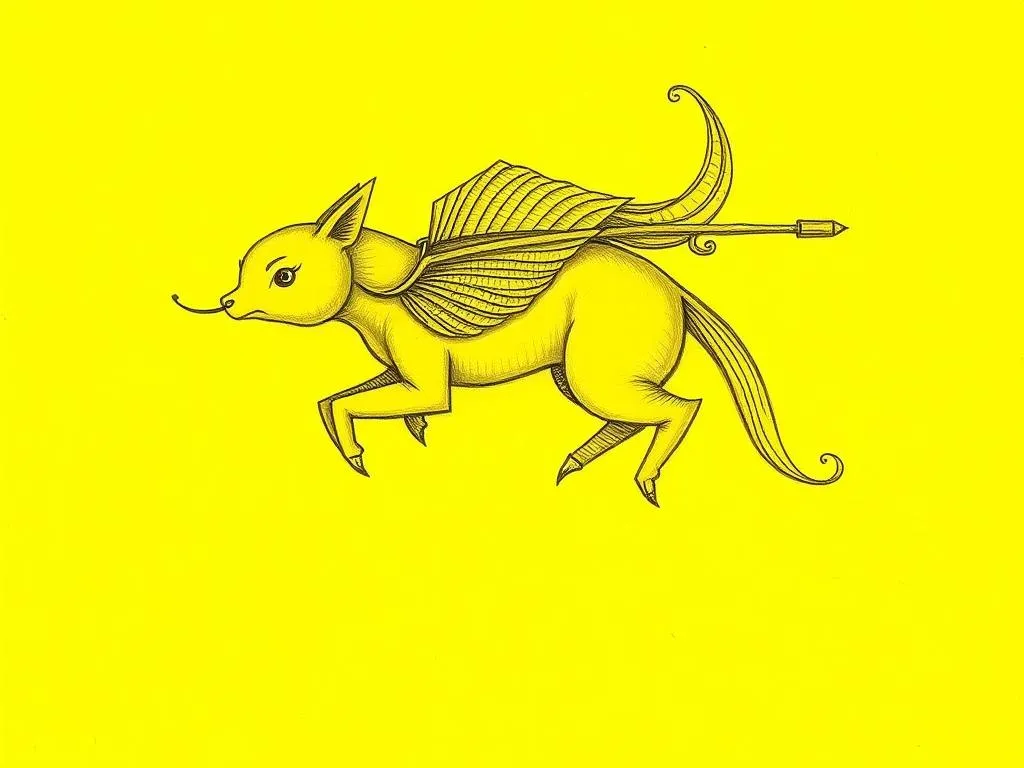
Symbolism & Spiritual Meaning
Color Psychology
The color yellow carries significant psychological weight across various cultures. Often associated with happiness, optimism, and creativity, yellow can evoke feelings of warmth and joy. The brightness of the yellow tang perfectly embodies these attributes, reflecting the sun’s rays as it swims through the vibrant coral gardens.
In many cultures, yellow symbolizes enlightenment and energy. It is a color that inspires and uplifts, making the yellow tang a natural symbol of positivity. This fish’s vibrant hue serves as a reminder of the importance of maintaining a sunny disposition in our lives.
Cultural Associations
In Hawaiian culture, the yellow tang holds a special place in local folklore and tradition. Known as “manini,” the fish is often celebrated for its beauty and abundance. It represents the connection to the ocean and the vital role marine life plays in Hawaiian identity. The yellow tang symbolizes happiness and is often associated with celebrations and communal gatherings, reinforcing the sense of community among islanders.
Beyond Hawaii, the symbolism of the yellow tang extends to other cultures, where it often represents friendship and harmony. Its sociable nature makes it a fitting emblem for these virtues, encouraging individuals to cherish connections and foster joyful relationships.
Attributes of the Yellow Tang
The yellow tang is characterized by its playful and sociable demeanor. These attributes extend beyond the physical realm, symbolizing the importance of community and interaction in our lives. The fish’s resilience and adaptability in changing environments further enhance its significance. Yellow tangs can thrive in various habitats, adapting to shifts in water conditions and food availability. This resilience serves as a reminder of the strength found in flexibility and the ability to navigate life’s challenges with grace.
Yellow Tang in Dreams
Common Interpretations
Dreaming of a yellow tang often signifies joy and optimism. Such dreams can reflect a person’s emotional state, indicating a time of happiness or a desire for positivity in their life. The imagery of the yellow tang swimming freely can symbolize the pursuit of one’s passions and the importance of embracing life’s vibrant moments.
Dreams featuring the yellow tang may also connect to personal growth. As a representation of transformation and exploration, encountering a yellow tang in a dream can suggest that the dreamer is on a path toward self-discovery and fulfillment.
Messages from the Subconscious
The presence of a yellow tang in dreams can reveal deeper insights into an individual’s emotional state. It may serve as a message from the subconscious, urging the dreamer to embrace joy and seek fulfillment in their waking life. The aquatic nature of the dream can also signify intuition and the depths of the subconscious, encouraging individuals to trust their instincts and explore their inner selves.
To provide a clearer understanding of the significance of the yellow tang in dreams, below is a table of related terms and their interpretations:
| Term | Interpretation |
|---|---|
| Joy | Represents happiness and positivity |
| Exploration | Indicates a quest for self-discovery |
| Friendship | Signifies the importance of social connections |
| Resilience | Suggests adaptability and strength |
| Transformation | Reflects personal growth and change |
Modern Interpretations
Yellow Tang in Pop Culture
The yellow tang has made notable appearances in various forms of media, including films and television shows. Its vibrant appearance and lively behavior often symbolize the beauty of marine life and the importance of ocean conservation. As a popular aquarium fish, the yellow tang has also raised awareness about the fragility of coral reef ecosystems and the need for marine protection.
In the realm of children’s entertainment, the yellow tang has been portrayed as a character that embodies joy and friendship, reinforcing its symbolism in a manner that resonates with younger audiences. Such representations contribute to a broader understanding of marine life and its significance in our world.
Personal Symbolism
Individuals can adopt the yellow tang as a personal spirit animal, drawing inspiration from its energetic and sociable nature. Embracing the symbolism of the yellow tang can encourage individuals to connect with their inner joy and foster positive relationships with others.
Practices for connecting with the energy of the yellow tang include spending time in nature, particularly near water, engaging in creative pursuits, and cultivating relationships that bring happiness. By embracing the qualities of the yellow tang, individuals can cultivate resilience and positivity in their lives.
Key Takeaways
- The yellow tang symbolizes joy, community, and resilience.
- Its vibrant color reflects the importance of maintaining a positive outlook and embracing life’s beautiful moments.
- Cultural associations highlight the yellow tang’s significance in fostering friendship and harmony.
- Dream interpretations reveal the yellow tang’s connection to personal growth and emotional well-being.
- Modern representations in pop culture emphasize the importance of marine conservation and the beauty of aquatic life.
Conclusion
Reflecting on the lessons from the yellow tang, we are reminded of the profound connections we share with nature and the vibrant colors that enrich our lives. The yellow tang’s symbolism encourages us to embrace joy, foster community, and remain resilient in the face of life’s challenges. As we connect with the wonders of marine life, let us find inspiration in the yellow tang’s vibrant spirit, allowing its qualities to guide us toward a more fulfilling and joyful existence.



